Wine Story: Origins of Port wine

The history of port wine, a majestic drink that is carefully kept in bottles like precious treasures, takes us to the Douro Valley, located in the northern provinces of Portugal. Thanks to its rugged terrain and harsh climate, the region has been associated with viticulture since Roman times.
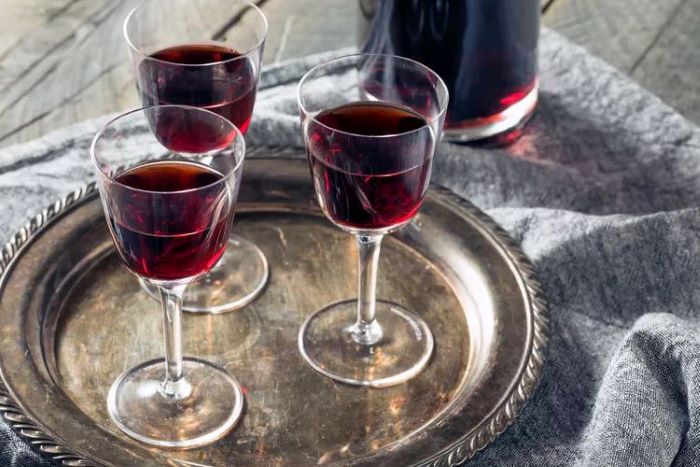
Port wine as we know it today was born in the late 17th century amid political tensions and a trade embargo between England and France. The British had to look for alternative sources of wine, and they found it in the Douro Valley, where the practice of enriching local wine with grape spirit began. The process of enrichment is central to the production of port, which distinguishes it from other types of wine.
Subtleties of making port wine
The process begins in the same way as in conventional winemaking: with the collection and fermentation of grapes. But halfway through the fermentation of port wine, it is interrupted by the addition of Aguardiente (distillate strength from 29 to 60 degrees).
Fortification with Aguardiente serves a dual purpose: firstly, it increases the alcohol content, usually up to 20%, which gives port its characteristic strength. And secondly, the addition of Aguardiente stops the fermentation process and preserves some of the natural sugars of the grapes, giving port its signature sweetness.
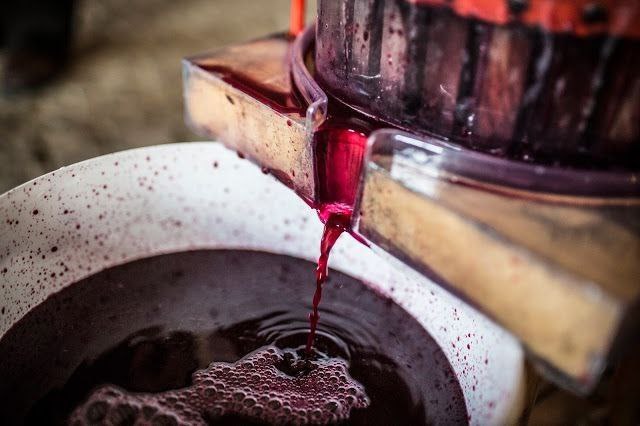
After thickening, the wine is transferred to stainless steel barrels for aging. The length and type of aging process distinguishes different styles of port. For example, Ruby Ports are aged for a shorter period of time in large oak vats to retain tart, dark fruit flavors, richness, and dark color of the port. Conversely, Tawny Ports are aged longer, and are aged in smaller oak barrels, resulting in a lighter, tastier, and brighter colored drink. Port wines, which have the status of elite drinks, can be aged in oak barrels for decades.
Port wine is only red and sweet
Yes and no, or rather, not only. Ruby Port, perhaps the most popular among wine lovers, is known for its dark red color and vibrant fruity nuances, intense berry flavors with hints of cherry, raspberry and plum, which also add richness and intense sweetness to the drink.
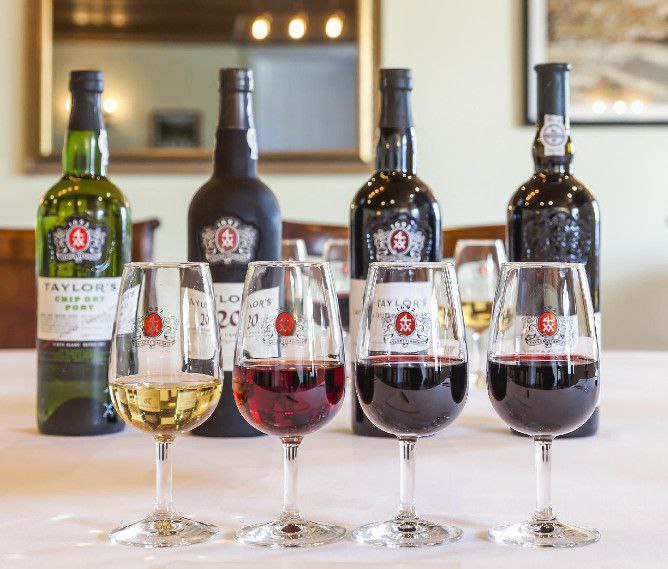
Tawny Port today is not inferior to Ruby, and in a number of countries even surpasses it in sales. And this is not surprising because this style of port is characterized by its soft, amber color and complex taste. As Tawny Ports age, they gradually develop nutty and caramel flavors and subtle hints of dried fruits such as figs, raisins, and apricots. Long aging in barrels gives the wine a smooth texture as well as a fine balance between sweetness and acidity; the older Tawnies get, the richer and more complex their flavors become.
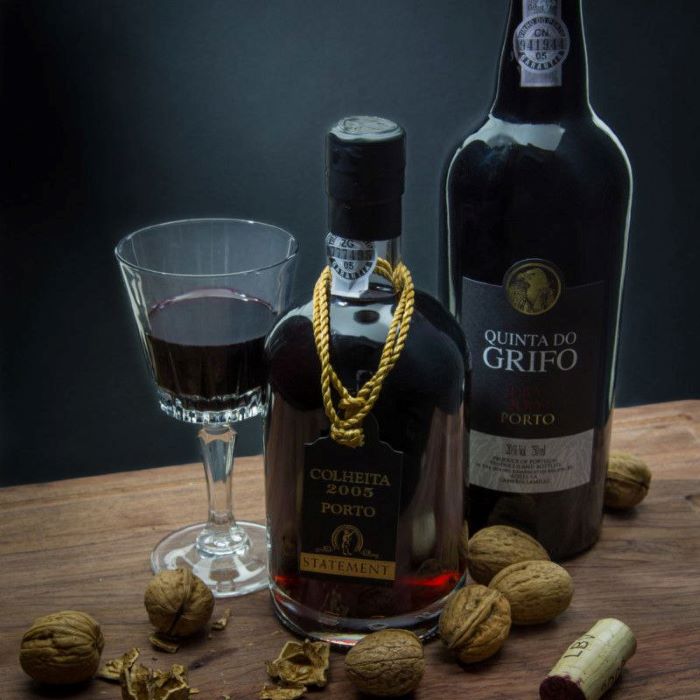
Although White Port is less known than the red, it also deserves recognition for its unique qualities. Made from white grape varieties, it ranges from dry to sweet flavors and can be enjoyed in a variety of ways. Dry white ports have fresh acidity, citrus and nutty flavors. On the other hand, sweet white port offers juicy flavors of honey, apricot and caramel, balancing a distinct sweetness with bright acidity.
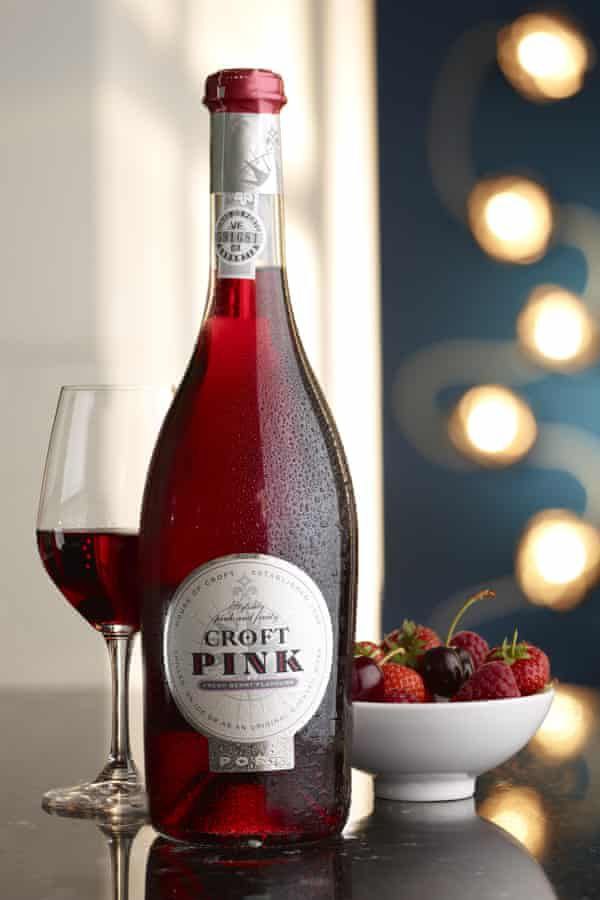
Rose Port is a relatively recent addition to the Port family. It combines the best of both worlds, showcasing the freshness of rosé with the richness and complexity of port. Made from red grapes, rosé ports have a delicate floral aroma, bright berry flavor, and subtle sweetness. They are often consumed chilled, making them the best choice as a summer alcoholic drink, especially during the hot summer season.
Armenian port wine
Most of the wines on store shelves in the Soviet Union were called ports. Although there was little real Soviet port, it was of excellent quality. Of the entire assortment, the drinks produced by the Massandra association and the Magarach Institute of Viticulture and Wine were of high quality.
Today in Armenia, some wineries can also boast of interesting and very successful port wines among their creations. Among them are Gevorkian Winery, Voskevaz Wine Cellar, Proshyan, Armenia Wine, and several others.

For the production of Armenian port wine, the autochthonous varieties Milagh and Kakhet are most often used, which are distinguished by the ability to naturally sweeten the grapes, which makes them very convenient for the production of dessert and strong wines.
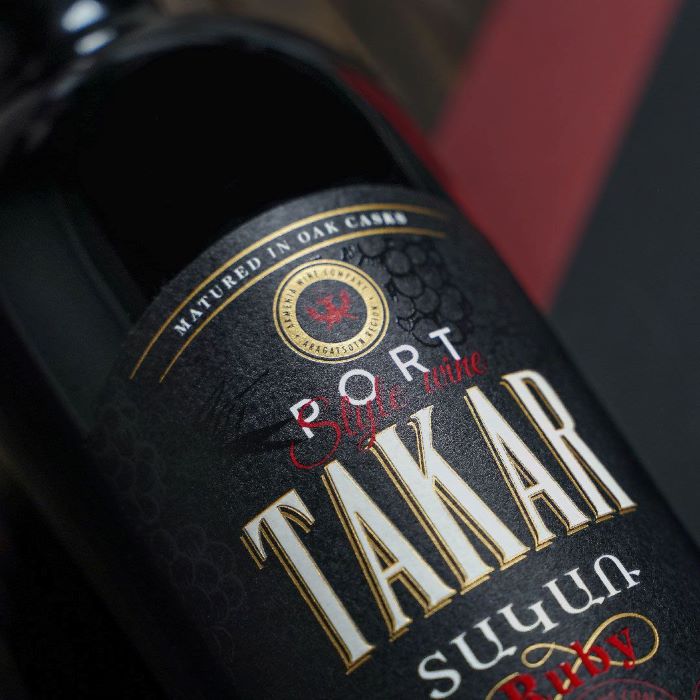
Combined with thorough control of the fermentation process and aging in oak barrels, Milagh gives port a special softness and delicate taste, and Kakhet attracts the attention of winemakers with its dark red color and rich aroma, which is reminiscent of ripe berries and spices.
Liana Agadzhanyan
Follow NEWS.am STYLE on Facebook, Twitter and Instagram
- Six Senses plans to open Six Senses Residences Dubai Marina, with focus on healthy living Six Senses, part of the luxury hotel portfolio of IHG Hotels & Resorts as well as the Select Group, plans to open Six Senses Residences Dubai Marina, which will offer something more, especially in healthy living...
- Wine story: JancisRobinson.com chief editor speaks about her wine adventure in Armenia (exclusive) Tamlyn Currin, an accomplished wine journalist and editor-in-chief of the influential online magazine JancisRobinson.com, went on an exciting wine adventure to Armenia last year. Tasting dozens of Armenian wines, Tamlyn began a real study of their character, capturing her impressions in more than a hundred fascinating notes...
- Burj Al Arab and Atlantis, The Palm named world’s most Instagrammable hotels In a survey published by Dubai Tours and Ticket, which surveyed 80 hotels around the world, the Burj Al Arab came out on top, appearing in more than 2.5 million Instagram posts...
- Montegrappa unveils pen dedicated to Frankenstein Italian luxury writing instrument maker Montegrappa has unveiled a new limited edition pen that pays homage to one of the most iconic movies, Frankenstein...
- Miami Sex Museum opens ‘Desire Machines’ exhibition by Hajime Sorayama The Miami Sex Museum has opened an exhibition called “Desire Machines,” which features a selection of Hajime Sorayama's iconic "sex robot" series of sculptures, as well as 20 previously unexhibited paintings, Hypebeast reports...
-
20:35, April 29
Nicole Kidman wears stunning gold Balenciaga dress at Lifetime Achievement Award ceremony -
19:21, April 29
Who will lead LVMH luxury empire? Bernard Arnault evaluates his heirs -
16:34, April 29
Six Senses plans to open Six Senses Residences Dubai Marina, with focus on healthy living -
15:16, April 29
Gerard Depardieu placed in custody on sexual assault charges -
13:28, April 29
Legendary actress Shirley MacLaine turns 90, shares secret of her longevity -
12:34, April 29
The rich have their own quirks: New York billionaire’s extravagant wedding at foot of Egypt’s Great Pyramids -
11:59, April 29
Khloe Kardashian's personal life takes backseat -
11:06, April 29
Britney Spears: My family hurt me -
10:40, April 29
Kim Kardashian wears ‘mob wife aesthetic’ outfit for Lo Máximo Awards 2024 ceremony -
18:47, April 27
Wine story: JancisRobinson.com chief editor speaks about her wine adventure in Armenia (exclusive) -
21:16, April 26
Burj Al Arab and Atlantis, The Palm named world’s most Instagrammable hotels -
20:15, April 26
Gold pocket watch recovered from body of richest passenger on Titanic up for auction
All materials
- Archive























